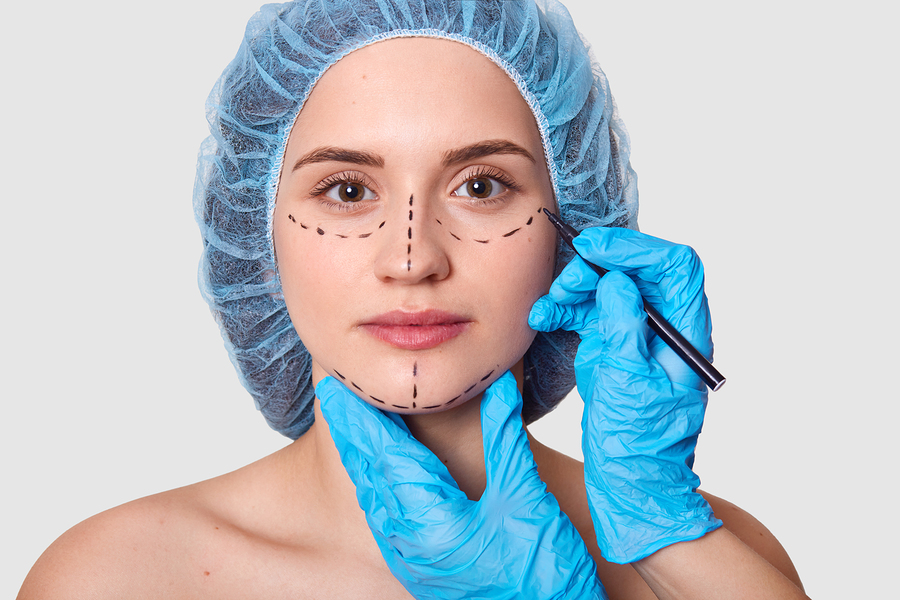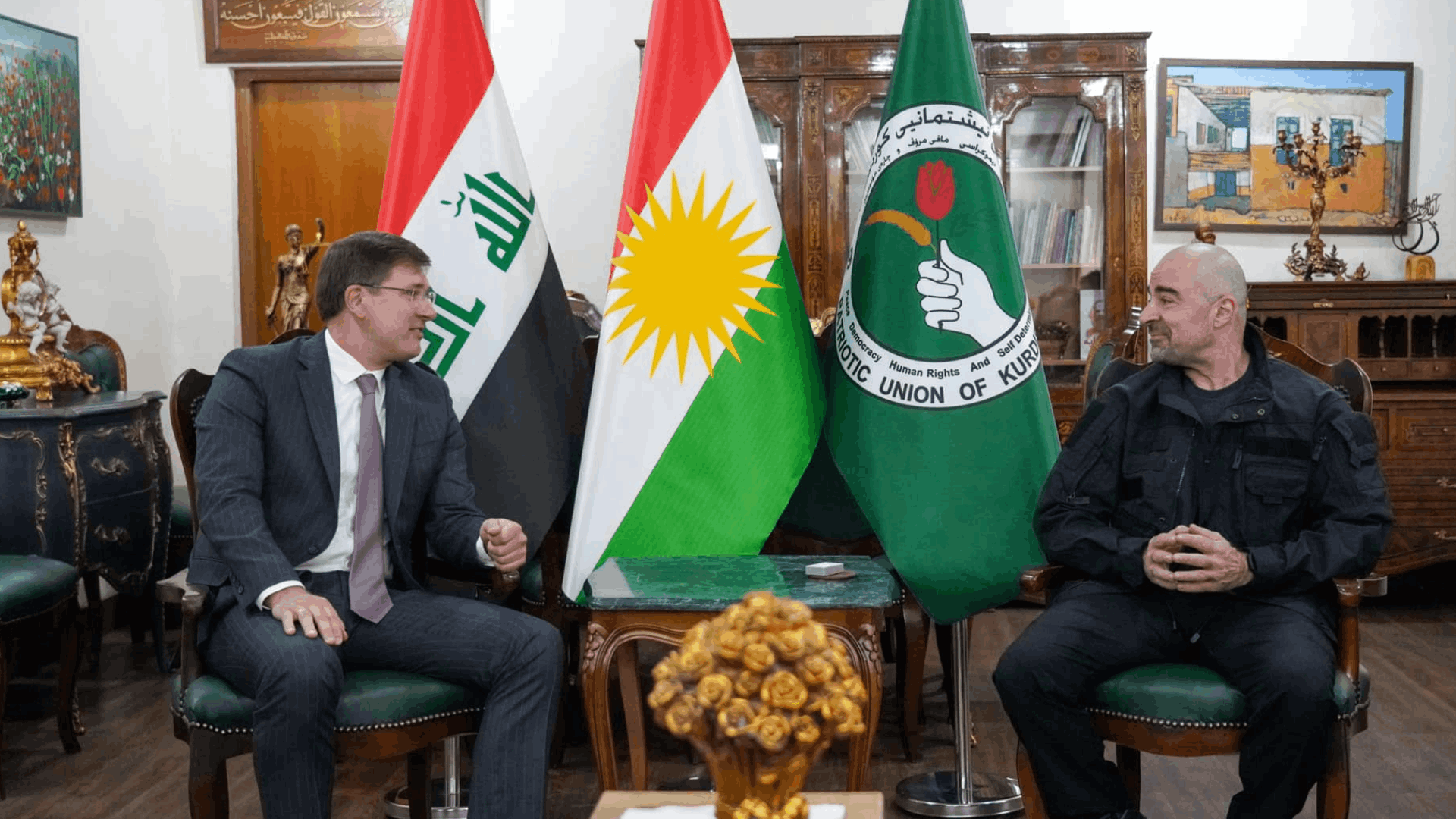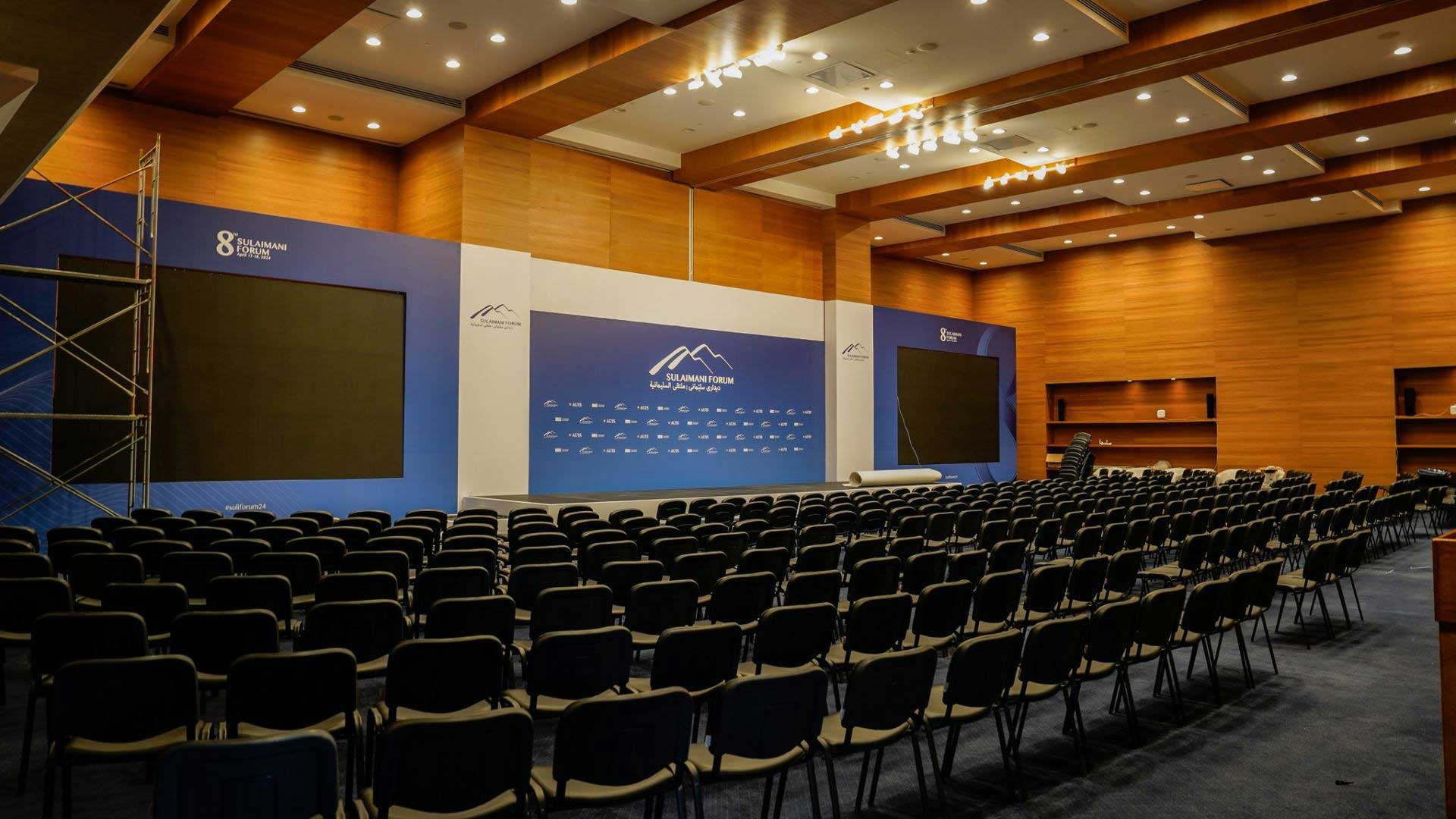Plastic Surgery: A widespread pandemic in the Middle East
Reports 10:24 AM - 2021-06-28
.
Cosmetic surgery is rapidly gaining popularity among Middle Eastern people, fueled by Western influences and the pressure to look good on social media.
Although the US is on top of list of countries which see the most cosmetic surgeries, these beautifying procedures are also on the rise in the Middle East, for example cosmetic surgery has topped the list in medical tourism in Dubai. According to a Dubai Health Authority (DHA) report, the emirate has the highest number of cosmetic surgeons per capita in the region — about 50 specialists for a million people.
Also, Turkey, Lebanon, Egypt, and Iran are among the top countries in the world for cosmetic procedures.
As for Iraq, the spread of plastic surgery was imposed by necessity in the beginning, as the Iraqi people’s demand for this type of operation was with the aim of treating deformities that affected a large number as a result of wars, but with time the matter turned into a state of societal obsession referred to by experts and confirmed through statistics of operations which monitored hikes in plastic surgery and cosmetic procedures and the increasing rates of demand for them in recent years.
According to a BBC report, the statistics of plastic surgeries in Iraq are on the rise, as the number of plastic surgeries performed inside cosmetic centers in Iraq increased by 50% during the year 2010 only, noting that the largest percentage of plastic surgeries is performed for teenage girls, and scientists attributed this to some social beliefs that improve the external appearance of the girl increases the chances of her marriage at an early age.
 |
What are plastic surgery and cosmetic procedures?
Plastic surgery is a surgical specialty involving the restoration, reconstruction, or alteration of the human body.
This type of surgery can be divided into two main categories: reconstructive surgery and cosmetic surgery. Reconstructive surgery includes craniofacial surgery, hand surgery, microsurgery, and the treatment of burns. While reconstructive surgery aims to reconstruct a part of the body or improve its functioning, cosmetic (or aesthetic) surgery aims at improving the appearance of it.
According to the International Society of Aesthetic Plastic Surgery (ISAPS) statistics for 2019 which were released in December 2020, the Cosmetic procedure rose by 7.4% compared with 2018 statistics.
According to the statistics, the USA saw an 8.7% decrease in surgical procedures, but again performed the most procedures worldwide (15.9% of total), as well as 19.3% of all nonsurgical procedures and 77.8% of injectables. Brazil performed the most surgical procedures (13.1% of total) and nonsurgical procedures there rose by 28%.
Why is plastic surgery on the rise, especially in the Middle East
The rise in users of social networking sites is perhaps one of the biggest reasons behind this hike in cosmetic surgeries and procedures, as these sites have become a destination for those who want to learn about the latest trends and technologies available in this field through those who are now being called "influencers"
Many beauty centers around the world are using "social media influencers" - people who have thousands of followers on their channels, whether on YouTube, Instagram or Facebook - to reach quickly and easily to new customers. New beauty standards set by the cosmetic industry is quickly spread through these influencers.
Even cosmetics and “makeup” companies no longer dispense with these “influencers” or as they call themselves “makeup artists” in their promotional campaigns, and spend large budgets for this that sometimes exceed the budgets of “traditional” advertising.
 |
The motives behind cosmetic surgery
The motives behind undergoing cosmetic surgery vary, it may be in order to imitate celebrities and get the perfect shape adopted by social media, or in order to lose weight and reduce the consequences of aging, or just to treat after physical impairments.
What is the true size of the beauty industry in the world, and how has the obsession with appearances and looks increased in recent years, and does this practice actually change people's lives, or does it turn into health and psychological suffering?
Researchers have warned that applications that allow users to improve their appearance, may lead to a dangerous trend among young people, who inquire of their modified, highly agile body in the virtual world, and hide their true reality.
Also, the obsession with taking “selfie” photos and sharing them on various social platforms has made taking care of the appearance and freshness of the face a priority, especially for some teenage girls and young women, which explains the great demand for the use of various cosmetics, even undergoing face-lifts, and getting rid of the unwanted excess fat surrounding the chin and neck area.
How much is spent on plastic surgery in the world
The global markets of this industry is estimated at billions of dollars, and is expected to rise in the coming years, especially in view of the increasing influence of social networking sites, and the significant role that they have in the daily life of people, and their reflection on individuals’ thinking and psychological stability.
Globally, the cosmetic surgery market size is projected to reach $21.97 billion with 7.8% annual growth rate by 2023, according to a Medgadget report.
A recent study has found that over $1 billion has been spent on cosmetic surgeries and procedures in Gulf countries, of which about over $272 million is spent in the UAE alone while Saudis spend over $213 million on plastic surgery.
The plastic surgery devices in the Middle East and Africa market is expected to gain market growth in the forecast period of 2021 to 2028. Data Bridge Market Research analyses that the market is growing with a CAGR of 8.7% in the forecast period of 2021 to 2028 and is expected to reach $323.99 million by 2028. Growing geriatric population and rising per capita income; are the major drivers which propelled the demand of the market in the forecast period.
In Iraq, the cost of cosmetic or plastic surgeries in Iraq is much lower than in European countries, giving the customers another reason to choose the Iraqi beauty centers for such surgeries.

Beauty has its consequences
In addition to the high financial cost, whether for various cosmetics, or for surgical procedures that in turn generate huge profits for those working in this field, the health and psychological repercussions remain the most harmful to the lives of individuals.
The health complications associated with the use of cosmetics are often reflected on the skin, as a result of its absorption of the chemicals that enter the composition of these preparations, which makes it lose its natural freshness over time and wrinkles begin to appear, which leads some to increase the amount of powders to hide those defects, and this in turn It exposes the skin more to allergies and rashes that may develop into cancer.
As for surgical procedures, there are many risks, and they are linked first to the risks of any surgery as a result of using general or local anesthesia according to the type of operation, and the possibility of heart attacks due to high blood pressure, especially during liposuction operations due to obesity that those who undergo this type of surgical intervention suffer. In addition to the pain that accompanies Botox and Filler injections, etc., and the need, in many cases, to repeat the operation.
And the most difficult of all, the devastating psychological effects of not obtaining the desired shape in the end, or the emergence of some effects of surgery, which may develop into temporary or permanent deformities, which leads some people into waves of hysteria or depression that are difficult to get out of.
 |
History of Plastic Surgery
Perhaps since the beginning of time, human beings have been actively engaged in the pursuit of self-improvement. Therefore, it is a no surprise that plastic surgery may be one of the world's oldest healing treatments. There is documentation of the use of surgical means for correcting facial injuries dating back more than 4,000 years ago.
The oldest-known procedures also appear in an ancient Egyptian medical text called the "Edwin Smith Papyrus." Thought to be an early trauma surgery textbook (and named after the American Egyptologist who purchased it in 1862), the treatise contains detailed case studies for a variety of injuries and diagnoses.
Physicians in ancient India used skin grafts for reconstructive surgery as early as 800 B.C. Later, in European countries, plastic surgery advances were slow in coming. However, eastern medicine took more readily to plastic surgery, and there are many recorded incidents of skin grafts and reconstructive surgery throughout history in that part of the world.
Overall progress in plastic surgery, like most of medicine, was slow over the next few thousand years, as techniques used in India were introduced to the West and then subsequently refined and adapted for new applications. However, there was progress made in medicine during the Greco-Roman period, and that progress was documented in ancient texts which were disseminated overtime throughout civilization.
It was during this period that Roman medical writer Aulus Cornelius Celsus wrote De Medicina which laid out surgical methods for reconstructing ears, lips, and noses. Then during the early Byzantine period, Oribasius compiled a complete medical encyclopedia entitled Synagogue Medicae. This 70-volume work contained numerous passages dedicated to reconstructive techniques to repair facial defects.
Most common plastic surgeries
According to the 2019 statistics, the most common surgical cosmetic procedures worldwide include breast augmentation, liposuction, and eyelid surgery. The most common nonsurgical cosmetic procedures are Botulinum toxin, hyaluronic acid, and hair removal. The popularity of and access to cosmetic procedures can vary greatly from country to country.
PUKmedia
More news
-
Media & Awareness Bureau Receives Russian CG
08:28 PM - 2024-04-18 -
PUK President: We Support Yazidis in Protecting their Rights
04:51 PM - 2024-04-17 -
DPM Talabani: Elections Must Be Held Promptly Without Further Delay
05:53 PM - 2024-04-16 -
PUK & UNAMI Emphasise Holding Timely Elections
05:28 PM - 2024-04-16






 Application
Application


